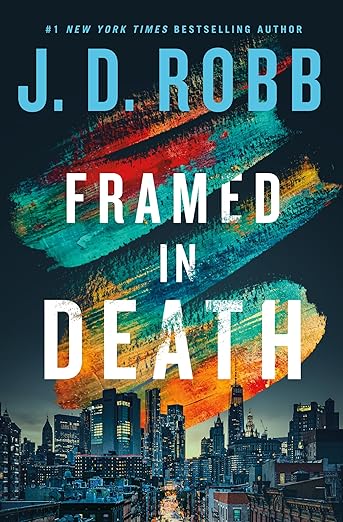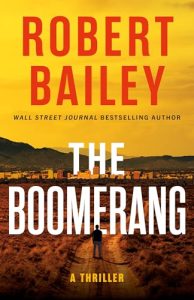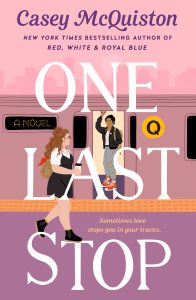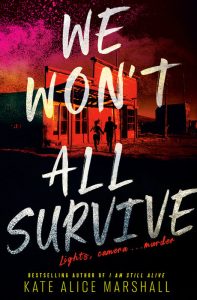
After more than sixty installments, J.D. Robb’s In Death series still finds fresh ways to keep readers invested in Lieutenant Eve Dallas and her relentless pursuit of justice. Framed in Death, the sixty-first book in the long-running saga, blends the dark glamour of the art world with the chilling compulsions of a serial killer. What results is a story that balances police procedural detail, psychological tension, and the familiar warmth of beloved recurring characters.
Plot Overview
It is 2061 in New York City, a place where flying cars and video links are the norm, but human greed, obsession, and violence remain timeless. Eve Dallas is called to a crime scene outside the home of two art gallery owners. There, a young woman has been costumed and posed to replicate Vermeer’s Girl with a Pearl Earring.
The next day, another body appears this time a man transformed into Gainsborough’s Blue Boy. Soon it becomes clear that a frustrated and delusional portrait artist has devised a twisted plan to achieve fame by turning living subjects into grotesque recreations of masterpieces. Eve, her partner Delia Peabody, and billionaire husband Roarke must untangle the connections between galleries, patrons, and costumes in order to stop the killer before the canvas is complete.
Strengths of the Novel
One of the greatest pleasures of this series remains Eve herself. She is sharp, uncompromising, and deeply principled, yet still evolving as a character after dozens of books. Her banter with Peabody provides humor and levity, while her relationship with Roarke continues to offer a steady undercurrent of romance and intimacy that grounds the story.
The art-world backdrop adds an intriguing new flavor to the procedural formula. From discussions of fabric authenticity and costume design to the behind-the-scenes workings of galleries, Robb’s research shows through in immersive detail. Readers also gain chilling glimpses into the killer’s perspective, heightening suspense and creating a sense of urgency as the investigation unfolds.
Fans will also appreciate the subplots that add richness to the worldbuilding, such as the completion of Peabody and McNab’s Great House Project and the warm camaraderie of the homicide team. Robb excels at weaving moments of found family, loyalty, and humor into her otherwise grim storylines.
Where It Falters
While the setup is creative, some readers may find the investigation slightly slowed by repetitive interviews and lengthy procedural steps. The killer’s identity is also revealed to the audience fairly early, shifting the focus from “whodunit” to “how will Eve prove it.” For long-time fans this is not necessarily a flaw, but newcomers may prefer a more traditional mystery structure.
Final Thoughts
Framed in Death demonstrates why J.D. Robb’s series has endured for decades. It combines a macabre and imaginative premise with strong characterization, solid police work, and the emotional heart of Eve’s relationships. Even sixty books in, the formula feels both familiar and fresh, offering the kind of satisfying crime fiction that longtime readers crave.
If you enjoy futuristic police procedurals with grit, intelligence, and a heroine who never compromises her sense of justice, Framed in Death is a compelling addition to the series and a reminder of Robb’s storytelling mastery.


